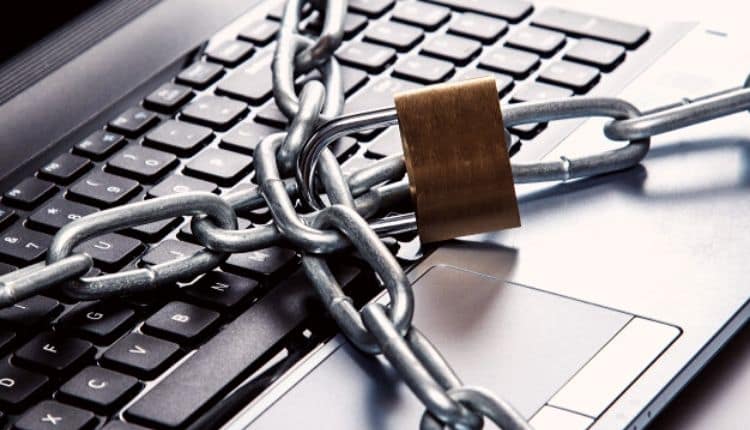
Tough passwords are necessary for several reasons. They can protect the information in your PC from brute force hackers, and keep other nosy people out of your private business.
Forgetting your password is really very frustrating. While an alternative would be to write the password down somewhere, you don’t want to risk nosy people finding it.
Using simple passwords is also not a viable alternative because they’re easy to figure out. Here are the 5 best tips to prevent being locked out of your PC.
1. Create a simple password hint
Although it’s customary for Windows to ask for a password hint after you’ve created a password, many people go on to ignore it.
Hints are asked for the very reason that they help you to remember your password, especially if you’re using a tough one. You can use something simple, but suggestive of the reason you choose that password.
2. Set up multiple login options
If your computer runs on Windows 11 or any other recent version of the operating system, you’re in luck. Users are allowed to create multiple login options, including a PIN, password, and picture login.
If you have an alternate login option, you can just switch to it when you forget your password and log in. You can proceed later to reset your password from the control panel.
3. Create multiple administrators on your computer
All Windows versions allow you to create multiple administrators on your PC. You don’t need to use the administrator accounts regularly. You can just keep them in case you forget your password.
An administrator account can access and change other administrator accounts on the same computer. If you do forget your password, you can log in through your other administrators and reset your password from the control panel.
4. Enable your computer’s built-in administrator
Windows automatically creates an administrator account during your installation. This account acts as a super administrator and can make changes to any part of the system.
It’s typically disabled, so you’ll have to manually enable it before being able to access it. It typically doesn’t have a password and can give you access to safe mode from which you can reset your password anytime.
5. Create a password reset disk
This is very important, especially if you have passworded your computer’s built-in admin. You can use either a USB or an empty CD/DVD to create your password reset disk. To create it, look for the option on the left-hand side of the User account options in the control panel.
If you forget your password, all you have to do is to insert the disc/USB into your system and click on the reset password icon.
Conclusion
Getting stuck on the login screen of your PC is never a comfortable situation. The efforts needed to retrieve a password are often tasking. To avoid having to spend so much time and energy on accessing your own PC, make use of any or all of these five tips today.
